Bryum Cellulare: The Ubiquitous and Resilient Moss That’s Thrived for Millions of Years
Affiliate Disclaimer: As an affiliate, we may earn a small commission when you make a purchase from any of the links on this page at no additional cost to you!
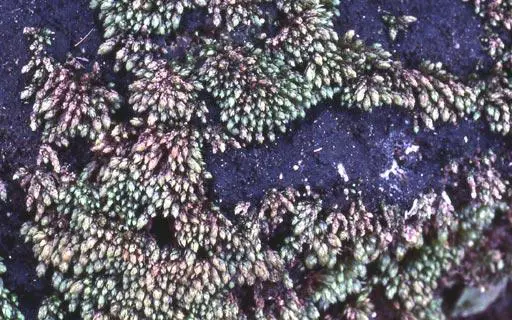
Bryum-cellulare02L.jpg from: https://digital-museum.hiroshima-u.ac.jp/~museum/habit/moss_habit/Bryum cellulare/Bryum_cellulare.html
Introduction
In the vast and captivating world of bryophytes, one particular moss species stands out for its remarkable resilience and ubiquitous presence – the Bryum cellulare Hook.
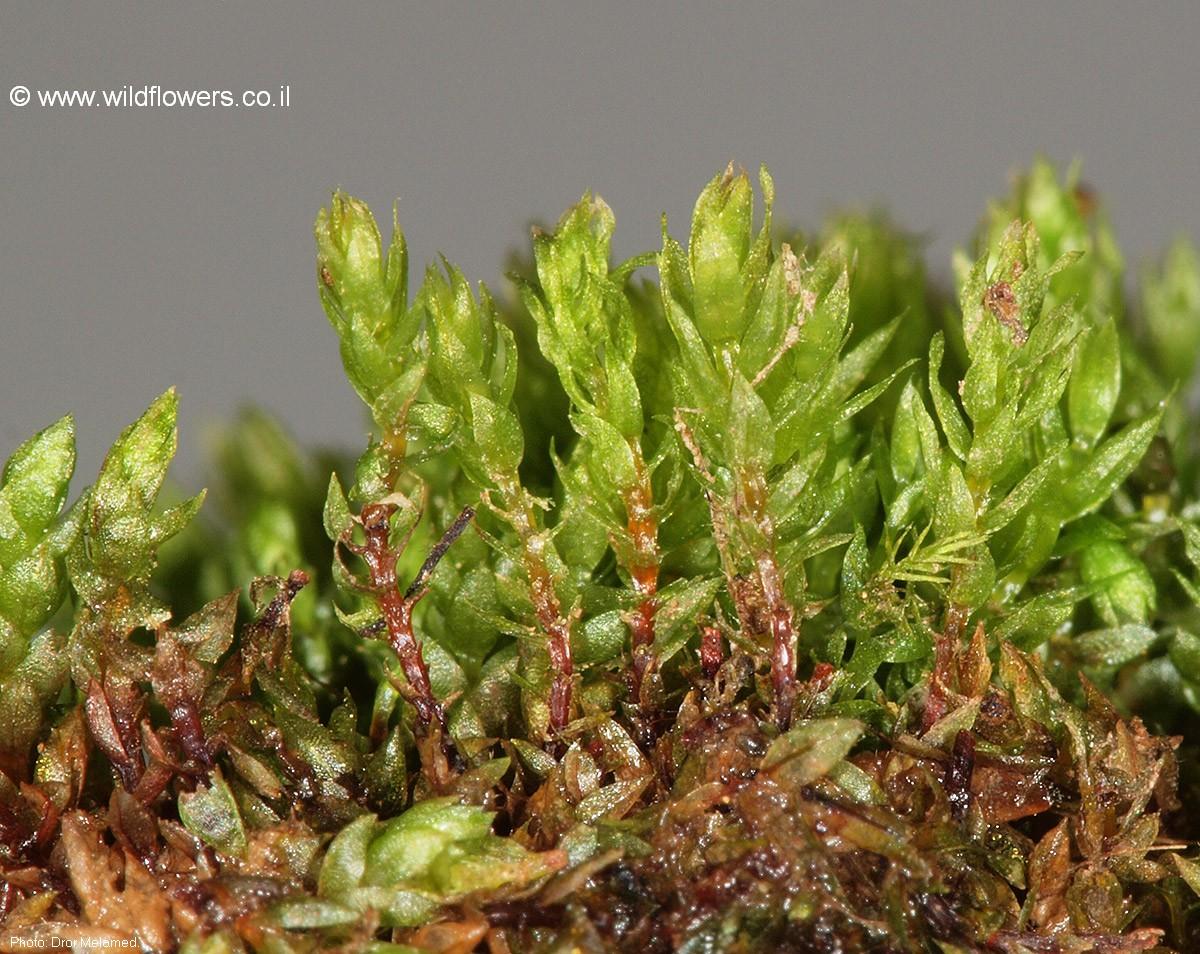
3243-l-6.jpg from: https://www.wildflowers.co.il/hebrew/picture.asp?ID=19191
, commonly known as Bryum. This unassuming yet fascinating member of the Bryaceae
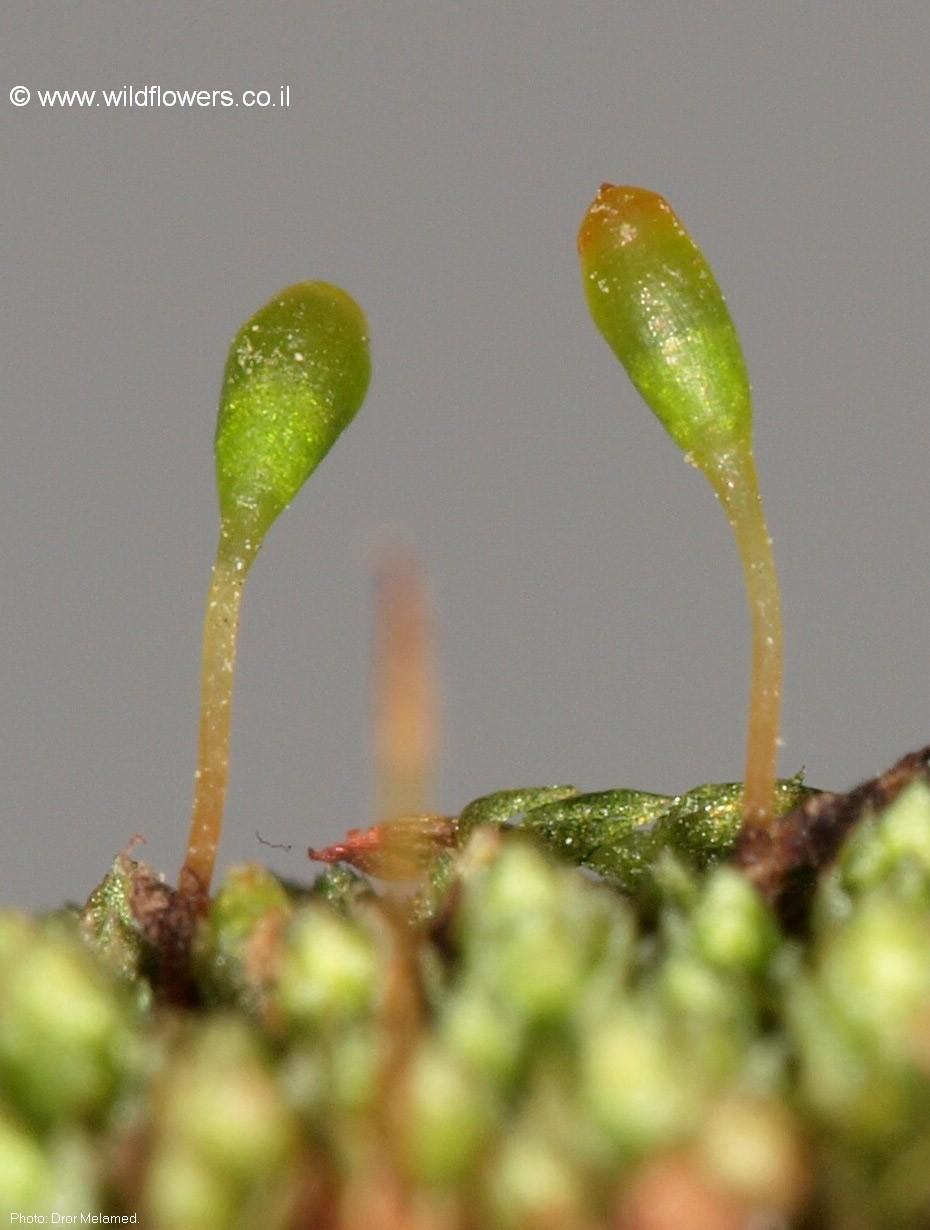
3243-l-3.jpg from: https://www.wildflowers.co.il/hebrew/picture.asp?ID=19188
family has captured the hearts of moss enthusiasts worldwide, offering a glimpse into the intricate beauty and adaptability of these ancient land plants.
Background
Before delving into the intricacies of Bryum cellulare, it’s essential to understand the broader context of bryophytes. These non-vascular plants, which include mosses, liverworts, and hornworts, have been around for over 400 million years, predating even the earliest vascular plants. They play a crucial role in various ecosystems, acting as pioneers in colonizing bare and disturbed areas, contributing to soil formation, and providing microhabitats for countless other organisms.
Main Content
Morphology and Identification
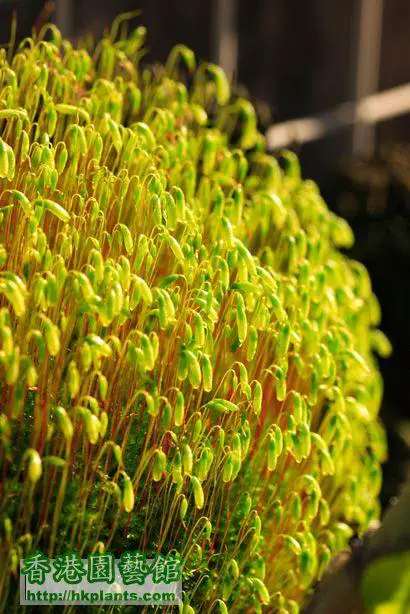
20080208_1d7d770bdd160716e9aahgOGjXFD6nRL.jpg from: https://hkplants.com/thread-6359-1-1.html
Bryum cellulare is a acrocarpous moss, meaning its spore capsules are borne at the tips of upright stems. Its vibrant green cushions or tufts are a familiar sight on soil, rocks, and tree bark. The leaves of this moss are ovate to lanceolate in shape, with a distinctive midrib running along their length. When dry, the leaves often curl inwards, forming a distinctive crisped appearance.
One of the most remarkable features of
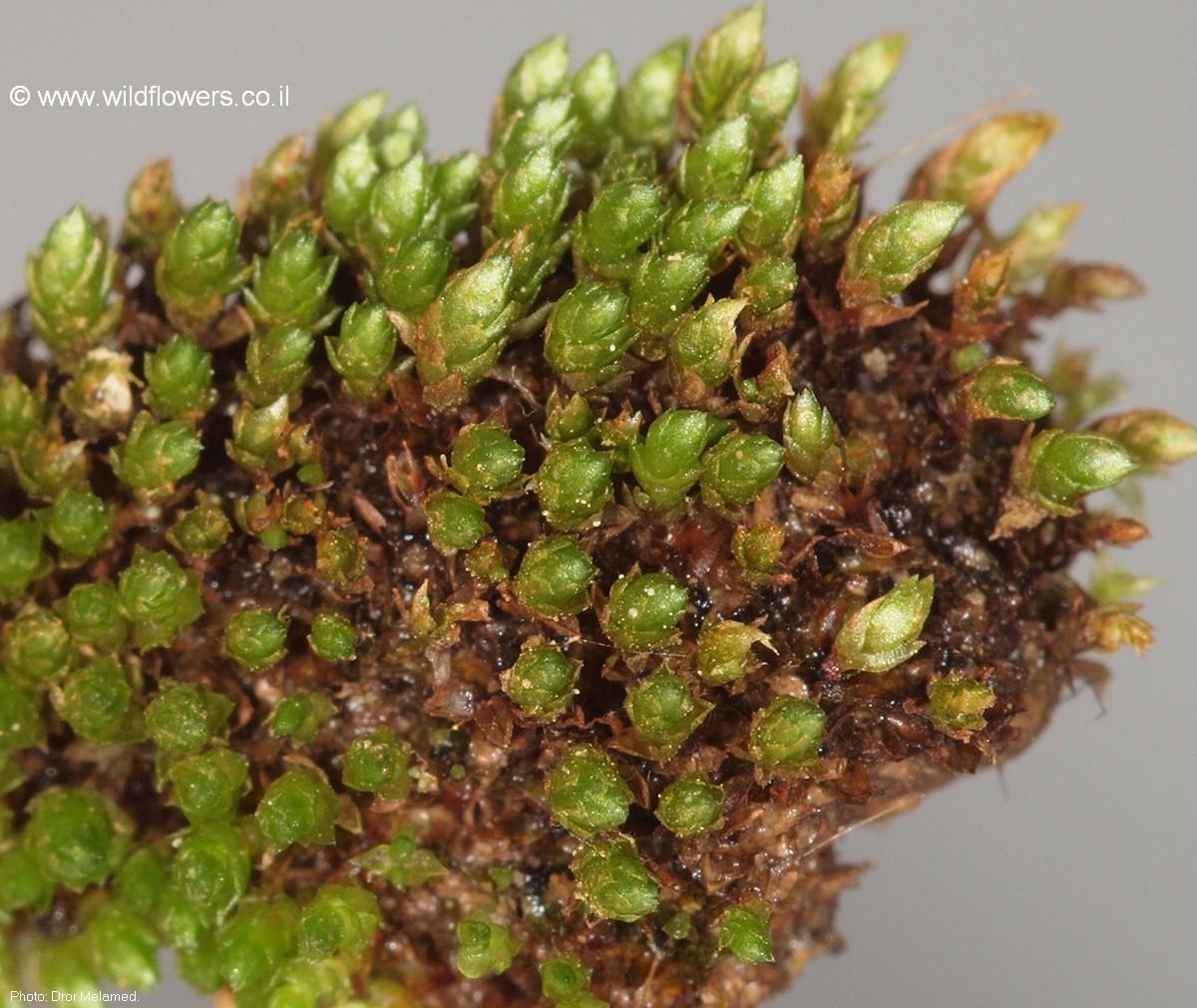
3243-l-5.jpg from: https://www.wildflowers.co.il/hebrew/picture.asp?ID=19190
Bryum cellulare is its ability to produce specialized reproductive structures called gemmae. These tiny, multicellular propagules are found clustered at the tips of the stems and can easily detach and disperse, allowing the moss to colonize new areas with remarkable efficiency.
Global Distribution and Habitat
Bryum cellulare is a true cosmopolitan, found on every continent except Antarctica. Its remarkable adaptability allows it to thrive in a wide range of habitats, from urban areas and gardens to forests, grasslands, and even deserts. This moss is particularly adept at colonizing disturbed or degraded environments, making it a valuable pioneer species in ecological succession.
Ecological Roles and Adaptations
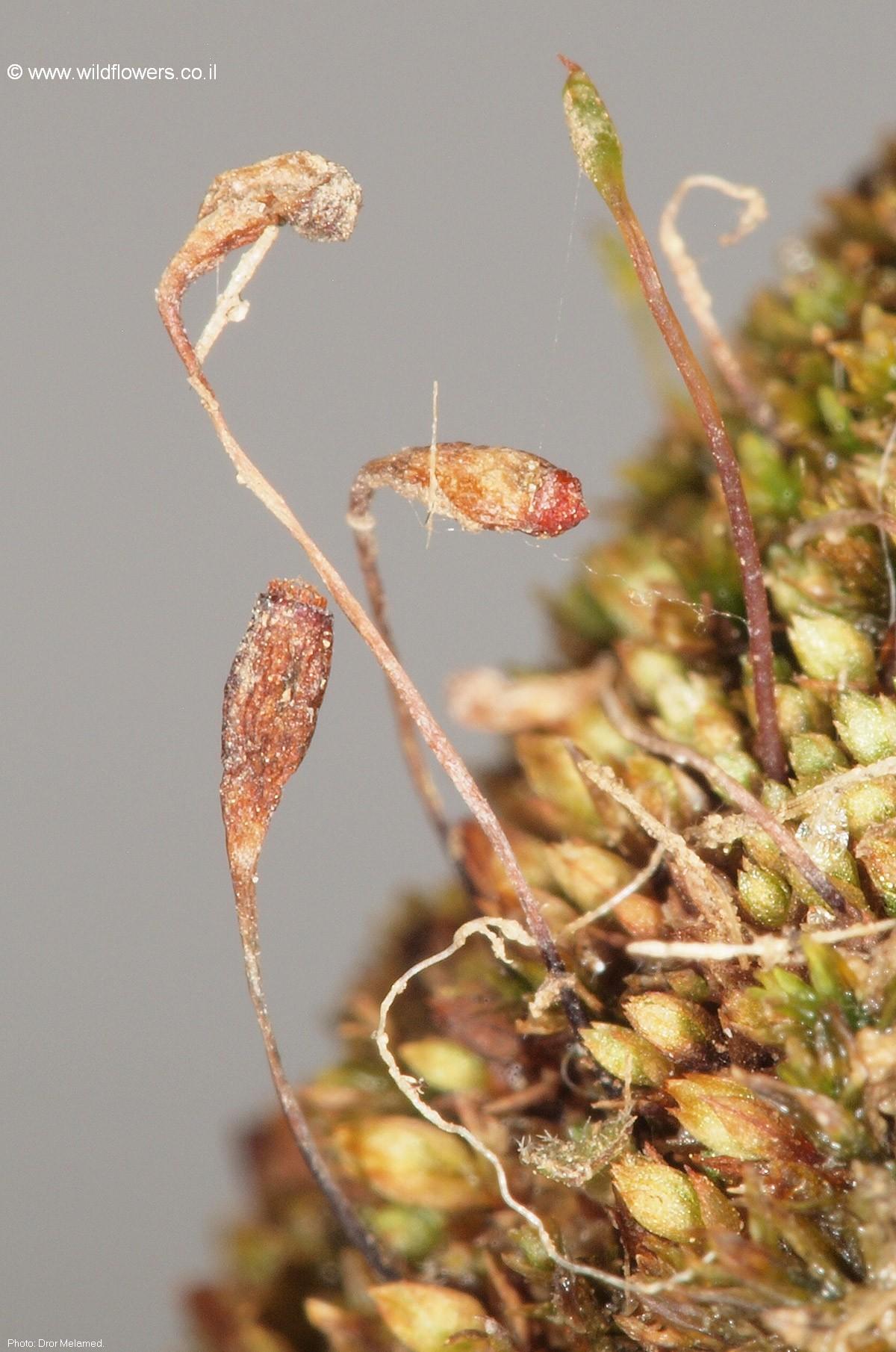
3243-l-4.jpg from: https://www.wildflowers.co.il/hebrew/picture.asp?ID=19189
Despite its diminutive size,
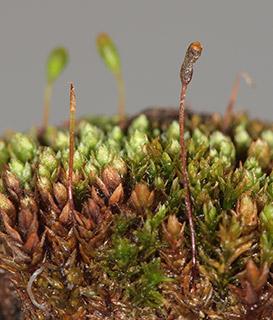
3243.jpg from: https://www.wildflowers.co.il/english/plant.asp?ID=3232
Bryum cellulare plays a vital role in various ecosystems. Its dense mats help retain moisture and prevent soil erosion, creating favorable conditions for other plants to establish themselves. Additionally, these moss cushions provide microhabitats for a diverse array of invertebrates, fungi, and other microorganisms, contributing to the overall biodiversity of the ecosystem.
One of the key adaptations that allow Bryum cellulare to thrive in such diverse environments is its ability to undergo desiccation tolerance. During periods of drought, the moss can essentially shut down its metabolic processes and enter a state of dormancy, only to revive and resume growth once moisture becomes available again. This remarkable ability to “come back to life” after prolonged dryness is a testament to the resilience of these ancient land plants.
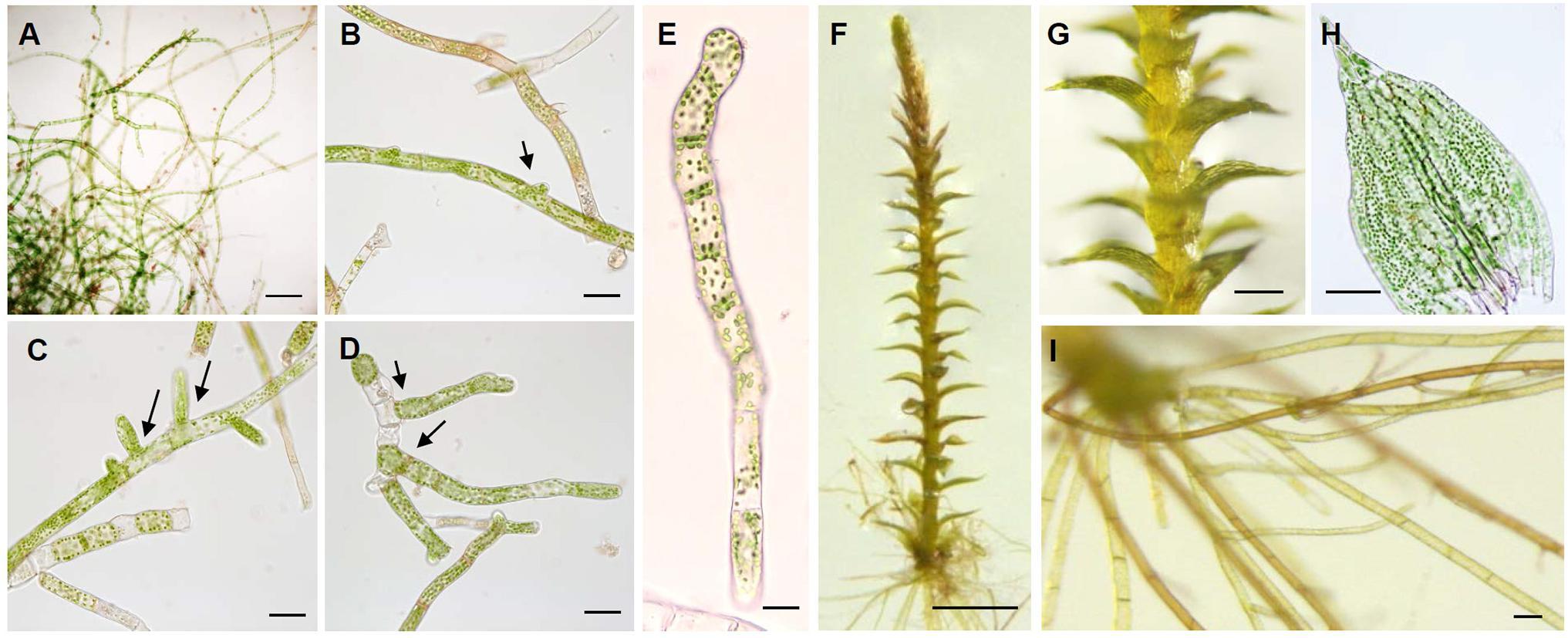
fpls-11-609847-g001.jpg from: https://www.frontiersin.org/articles/10.3389/fpls.2020.609847/full
Case Studies/Examples
Bryum cellulare has been the subject of numerous scientific studies, shedding light on its unique biology and ecological significance. For instance, researchers have investigated the moss’s ability to accumulate heavy metals, making it a potential biomonitor for environmental pollution. Additionally, its desiccation tolerance mechanisms have been studied in detail, providing insights into the molecular and physiological processes involved in this remarkable adaptation.
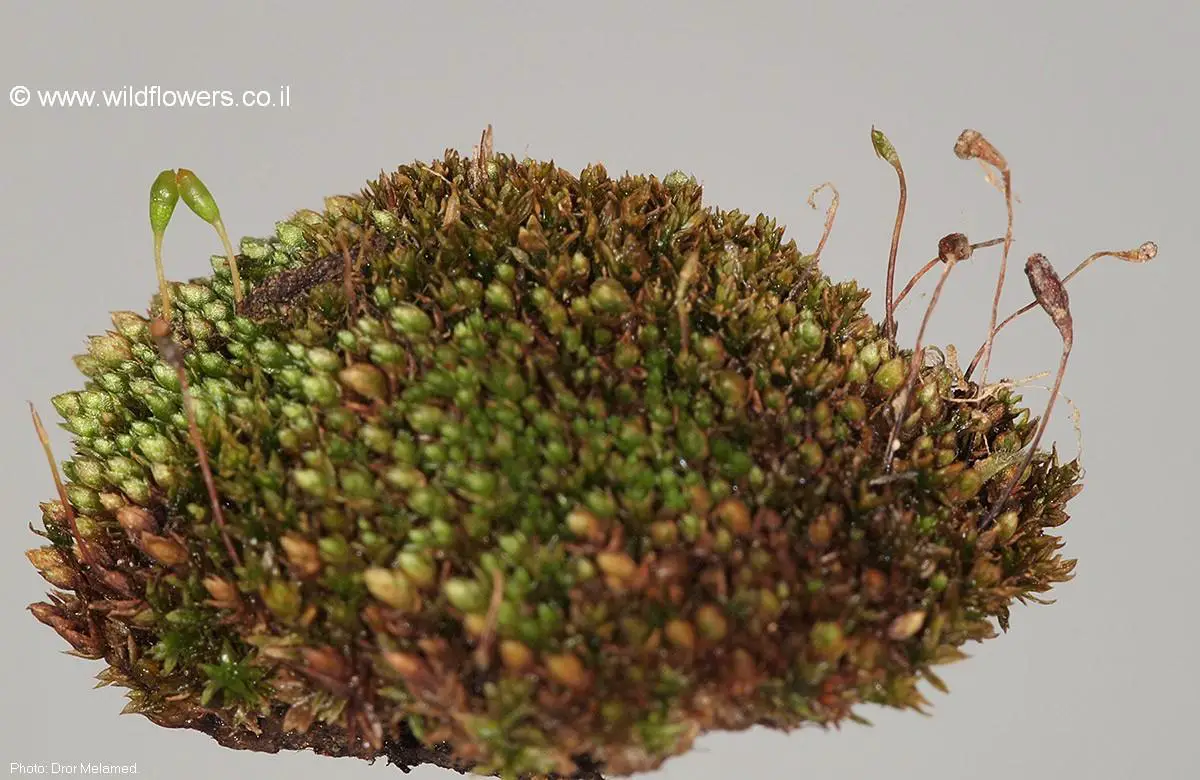
3243-l-1.jpg from: https://www.wildflowers.co.il/hebrew/picture.asp?ID=19180
Technical Table
| Characteristic | Description |
|---|---|
| Phylum | Bryophyta |
| Class | Bryopsida |
| Order | Bryales |
| Family | Bryaceae |
| Genus | Bryum |
| Species | cellulare |
| Growth Form | Acrocarpous moss |
| Leaf Shape | Ovate to lanceolate |
Reproductive Structures
 3243-l.jpg from: https://www.wildflowers.co.il/hebrew/picture.asp?ID=19179 |
Gemmae, spore capsules |
| Habitat | Soil, rocks, tree bark |
| Distribution | Cosmopolitan |
Conclusion
Bryum cellulare, a humble yet extraordinary moss species, serves as a testament to the resilience and adaptability of bryophytes. Its ability to colonize diverse habitats, provide microhabitats for other organisms, and withstand extreme environmental conditions make it a true marvel of nature. As we continue to explore and appreciate the intricate world of mosses, Bryum cellulare stands as a reminder of the incredible diversity and ecological significance of these often-overlooked organisms.
Ponder this: In a world where rapid environmental changes threaten countless species, could the remarkable desiccation tolerance of Bryum cellulare hold clues to enhancing the resilience of other plants in the face of climate change?
